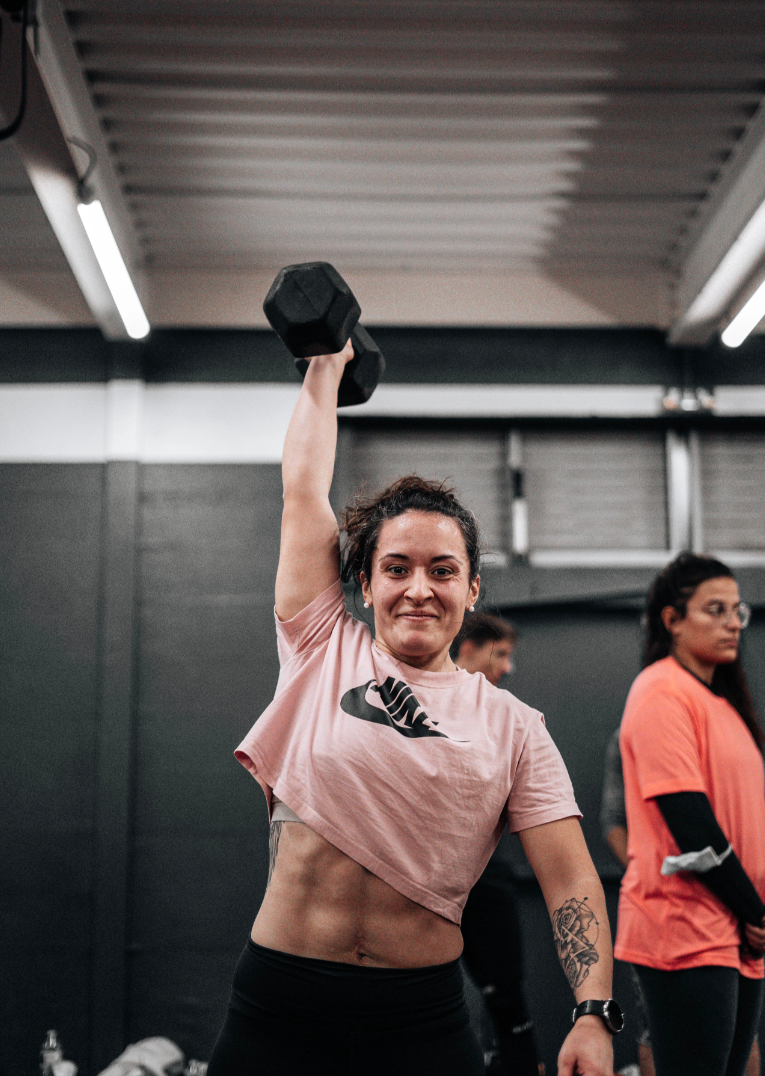Physical Address
304 North Cardinal St.
Dorchester Center, MA 02124
Physical Address
304 North Cardinal St.
Dorchester Center, MA 02124
The majority of athletic coaches and personal trainers now carry HIIT in their toolkits.
As the name suggests, HIIT alternates short bursts of high-intensity activity with periods of low- to medium-intensity rest. For instance, after a brief warm-up, you might put your all-out, maximum effort into a full-out run for 30 seconds on the treadmill, then decrease to a brisk walk or jog at around 60% effort for one minute, and continue that cycle for 20 minutes.
Alternately, you could perform jumping jacks as quickly as you can for 20 seconds, rest for 10 seconds, and then repeat this five times while running in place.
While you might initially associate HIIT with running, you can actually perform a wide range of workouts at varying intensities, including rowing, swimming, and jumping rope. Even body weight movements like squats, push-ups, and tricep dips can be included in HIIT workouts.
Try HIIT if you want to see results quickly; it has many benefits over other types of training. For instance:
Warning: Make the error of believing you only need HIIT. Combining HIIT training with steady-state cardio and some free weights yields the best results for overall fitness. Always give it your all and keep in mind that the more you change your routine, the greater your overall fitness.

The first benefit is the improvement of your physical and cardiovascular systems (endurance, speed, strength). According to a review of studies, constant aerobic exercise has long been the preferred strategy for achieving these objectives. However, evidence indicates that HIIT produces comparable, and occasionally greater, results with various physiological markers in less time.
The body burns more calories and/or body fat during HIIT than it does during MICT. HIIT reduced bodyfat in roughly 40% less time than MICT and was sometimes even more effective. Or to put it another way, it’s around 60% more effective over the same time spans! The metabolic rates of those who conducted HIIT were higher and lasted longer than those who completed MICT, according to a more recent evaluation of research. According to one study, people who engaged in HIIT burnt 10% more calories in the next 24 hours than those who engaged in steady-state exercise. Let’s examine one more study review, which looked at a whopping 41 separate HITT research. Conclusion: “Both [MICT] and interval training lower bodyfat percentage. Compared to [MICT], interval training reduced total absolute fat mass by 28.5% more. Our verdict: HIIT it!
Let’s examine HIIT in more detail. Open a calculator app because there will be some arithmetic. By deducting your age from 220, first calculate your maximal heart rate. Your MHR is 195 if you are 25. Your heart rate should increase during high-intensity intervals to 80–90% of your MHR. (In comparison, MICT exercises often cause your heart rate to increase to between 57% and 70% of your MHR.) Aim for 156-176 beats per minute for that same 25-year-old. Your heart rate during the lower-intensity periods should not rise above 60% of your MHR. A 25-year-old should therefore be at 117 or lower. Wearable technology, such as Fitbit, which makes it simple to control your heart rate and time your intervals, works nicely with HIIT. However, with practice, you ought to be able to gauge how much effort to put up during the high- and low-intensity intervals, regardless of whether you check.
Never take a break in between sets. Your “rest” period before the next high-intensity interval is the low-intensity period.
When choosing a cardio activity, pick one that is challenging enough to raise your heart rate significantly. The recumbent bike is likely eliminated as a result. The “hard” cardio machines like the stepmill, elliptical, rower, and stepper are good for this, but if you push your high-intensity pace quickly enough, a treadmill or stationary cycle will work fine too. You might want to pair up two devices. (Stairs are a good alternative for novices or those who are not in good physical condition, but they are not a good choice for 2:1 HIIT because it takes too long to walk down after running up.) You can also perform burpees or rope jumps at home or while traveling. Build up to 10 sets of each exercise by alternating 10 burpees with 20–30 seconds of shadow boxing.
For more information you can click: